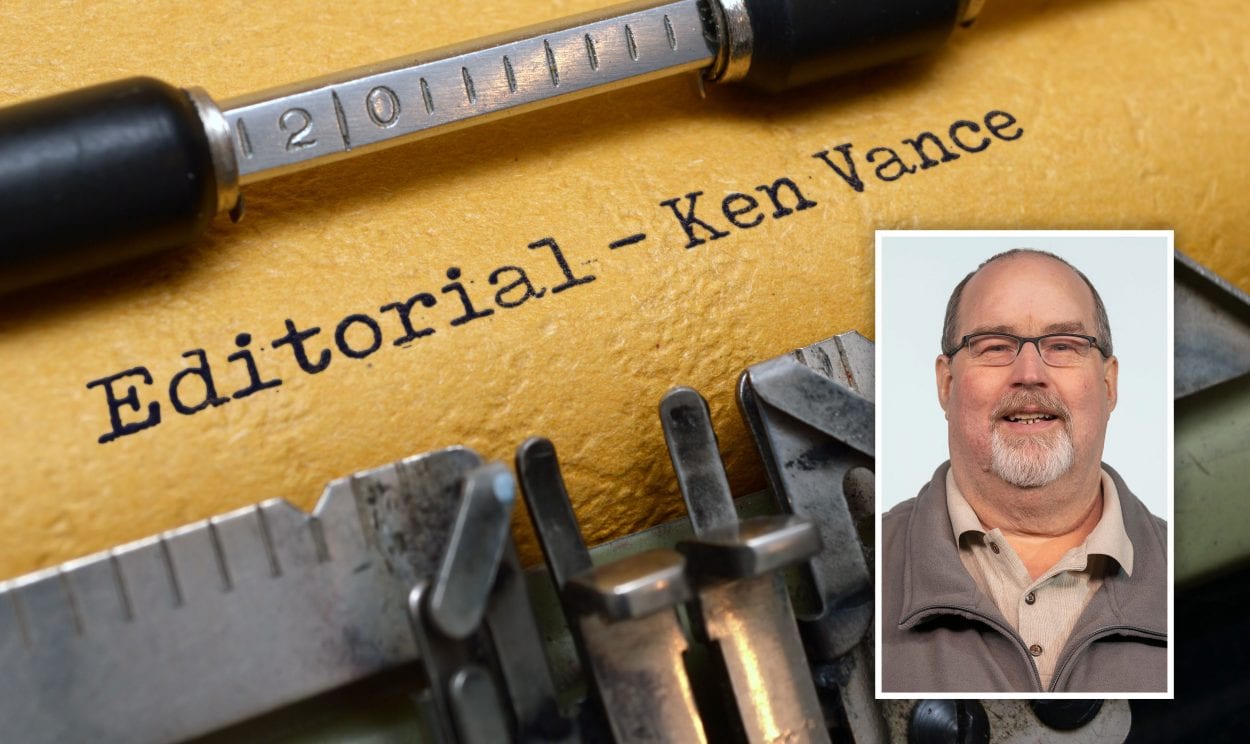
Improving transportation congestion with a third crossing should be priority No. 1
The governors of the states of Washington and Oregon came to Vancouver earlier this week for a press conference to announce the signing of a Memorandum of Intent to replace the Interstate 5 Bridge across the Columbia River.
Governors of Oregon and Washington sign agreement over Interstate 5 Bridge replacement

It doesn’t surprise me that Clark County Today reporter Chris Brown asked the most insightful question during the press conference, which elicited the most revealing responses from the governors.
Brown asked the governors to state what the most important element of the I-5 Bridge replacement project should be? Brown offered choices of decreasing commute times (reducing congestion), adding a mass transit option, or safety.
“There’s no question for me that our absolute No. 1 priority has to be seismic resilience for this particular project,’’ Oregon Gov. Kate Brown said. “Secondly, for me, it would include high capacity public transit hopefully that would move us toward reducing congestion.’’
Washington Gov. Jay Inslee virtually repeated Gov. Brown’s answer.
“My answers would be largely the same,’’ Inslee said. “I think the reality of this is, sometimes we sort of forget the purpose of this. This bridge could fall down any day, with a small seismic event. We do not have a choice, we have to replace this bridge. And that’s why I’ve been quite open-minded about the method of doing so in this regard.”
I’m so sick of elected officials promoting their own agendas and ignoring the will of the overwhelming majority of the voters and the evidence. Here’s what I’m talking about.
First of all, let’s address the safety issue. In May 2013, The Seattle Times published a map of 143 “structurally deficient’’ bridges in Washington state, taken from the 2012 National Bridge inventory. “Structurally deficient’’ meant that a bridge “requires repair or replacement of a certain component, such as cracked or spalled (damaged) concrete or the entire bridge itself,’’ according to the Washington State Department of Transportation. The report also indicated “being structurally deficient does not imply that the bridge is in danger of collapse or unsafe for travel.’’
http://old.seattletimes.com/flatpages/local/structurally-deficient-bridges.html
The I-5 Bridge was not listed among the list of 143 bridges in the state. In Clark County, the only bridge listed was the I-5 Bridge over the East Fork of the Lewis River. That said, I’m not going to profess to be an engineer capable of telling you why Gov. Inslee said the I-5 Bridge “could fall down any day.’’ And, when it comes to a seismic event, whether large or small, I find it very believable that if 143 bridges in the state of Washington are “structurally deficient,’’ (not too mention Oregon, including the many bridges in the Portland area) the I-5 Bridge wouldn’t be the only in jeopardy of crumbling to whatever lies below.
In fact, this Common Sense Alternative proposal presented as an alternative to the failed Columbia River Crossing (CRC) states that the only bridge in the area that meets acceptable seismic standards is the Sauvie Island Bridge in Portland.
My second issue with the agendas of both governors is their desire for the I-5 Bridge replacement to include a high capacity transit component. How many times do they need to be told that the majority of us citizens don’t want mass transit on the I-5 Bridge? Even Congresswoman Jaime Herrera Beutler stated that in her telephone town hall last week.
“We’ve had at least two opportunities to vote as a county up or down on whether we wanted a light rail system on that bridge or not,” Herrera Beutler said, “and both times we voted ‘no.’ So that’s a pretty clear message to me, my people don’t want it.”
That said, the governors stated their reason for wanting to include a mass transit component was to address traffic congestion. Remember, an I-5 Bridge replacement will not provide any significant improvement to the traffic congestion issue we deal with on a daily basis. The CRC would have reduced commute times by just one minute in only one direction. So, the governors want you and I to leave our cars at home and take public transportation when we cross the river. Only a relatively small fraction of us use public transportation, even though we pay through the nose for it. It doesn’t even come close to paying for itself (a column for another day). If the governors got their way and mass transit was included in the I-5 Bridge replacement project, it wouldn’t have an impact on our traffic congestion because we would not change our behaviors.
All that said, I’m not against replacing the I-5 Bridge. It needs to happen, someday. I just don’t believe it should be the first domino to fall in addressing our transportation congestion issues. Two years ago, Rep. Ed Orcutt (R-Kalama) told me the ideal plan would be for the right proposal to include two projects, an I-5 Bridge replacement and a third crossing. I know that would take billions of dollars and many, many years. But, we don’t have a choice. It’s necessary, long overdue and the reason it hasn’t happened yet is because of the actions of shortsighted elected officials like the two governors who refuse to be guided by the will of the people.




